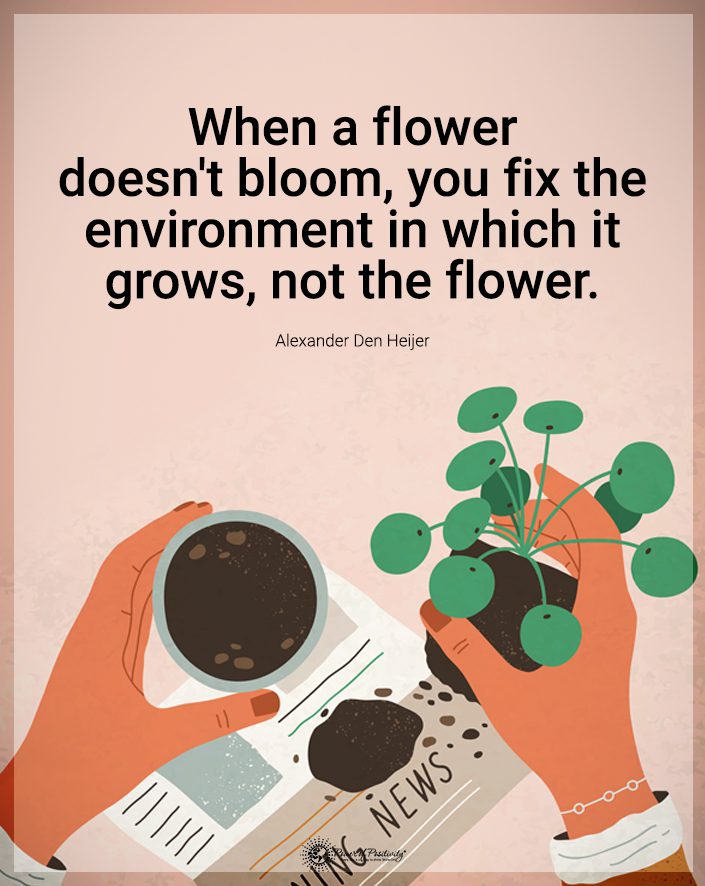Men often misunderstand these things about women.
Have you ever found yourself puzzled, trying to understand the opposite gender? It’s a common experience that many of us face. The differences between men and women can sometimes feel like a vast ocean of mystery. But here’s the thing – these differences, as complex as they might seem, make our interactions rich, diverse, and ultimately, rewarding. Empathy and open-mindedness are your best companions when navigating this journey. These qualities foster stronger relationships and enrich our understanding of one another. In this article, we’re diving into the fascinating world of understanding women through the eyes of men. It’s a journey of discovery, respect, and appreciation for what makes each gender unique.
NOTE: We cover what women don’t “get” about men in a separate article.
What Will Most Men Never Understand About Women?

1 – Emotional Processing
One of the most profound differences lies in emotional processing. Women often approach their emotions as a shared experience. They tend to express, discuss, and analyze feelings, seeing conversations as a pathway to emotional resolution. This process is not just about finding a solution; it’s about connecting, empathizing, and validating their feelings through shared experiences.
In contrast, men typically have a different approach. Many men are inclined to internalize their emotions. They might prefer to ‘work things out’ or express emotions through actions rather than words. This divergence isn’t about right or wrong; it’s about understanding that men and women often walk different paths to emotional clarity. Recognizing and respecting these paths can bridge the gap of misunderstanding and lead to deeper connections.
2 – The Art of Communication
Communication is another realm where men and women often differ. Women place a high value on verbal communication. They use conversations to exchange information, build relationships, seek understanding, and create emotional bonds. For many women, talking about a problem is a way of tackling it, and active listening is a form of support and care.
On the other hand, men might lean towards a more action-oriented style of communication. They often view actions as their primary language for expressing feelings and solving problems. This difference may lead to misunderstandings in interactions between men and women. While one expects a conversation, the other might think of ways to ‘do’ something about it. Understanding these distinct communication styles is key to bridging the gender divide, leading to healthier, more fulfilling relationships.
3 – Mastery of Multitasking
Have you ever marveled at someone who can juggle several tasks with seemingly effortless grace? Often, that person is a woman. It’s widely observed that many women possess a remarkable ability to multitask. They can balance various tasks – from professional responsibilities to personal commitments – all at once. This skill is more than just an impressive party trick; it’s fundamental to how many women navigate their daily lives. They blend roles, manage time, and shift between tasks with a fluidity that can sometimes perplex men.
This ability is almost mystifying for men, who often prefer concentrating on tasks simultaneously. Understanding this difference is crucial. It’s not just about the capacity to do multiple things simultaneously; it’s about a different approach to organizing and processing life’s demands. Appreciating this ability can open doors to better collaboration and support in both personal and professional spheres.
4 – Navigating Indirect Communication
Communication styles can vary greatly between men and women, often leading to intriguing conversation dynamics. Women are sometimes known for their use of indirect communication. This style can involve subtleties, hints, and suggestions, with an expectation that the listener will pick up on these nuanced cues. It’s a form of communication that relies heavily on emotional intelligence and the ability to read between the lines.
Conversely, men may prefer a more direct style of communication. They often value clarity and directness, saying exactly what they mean and expecting the same in return. This difference can sometimes create a gap in understanding. For a man accustomed to direct communication, the subtleties of indirect communication can be challenging to navigate. Recognizing and adapting to these differing styles can enhance mutual understanding and strengthen connections across gender lines.
5 – Emotional Intuition
Emotional intuition is another area where many women excel. This trait involves a heightened sense of empathy and the ability to intuit feelings and emotions in others, often before they are explicitly expressed. Women’s emotional intuition can manifest in a deep understanding of others’ needs and a unique ability to offer support and compassion.
This level of emotional intuition can seem enigmatic for men, who may approach emotions and empathy differently. While emotional intelligence is certainly not exclusive to women, the depth and manner in which it is often experienced and expressed by women can be challenging for some men to grasp fully. This difference doesn’t imply a lack of emotional depth in men but rather a variation in emotional expression and perception. Recognizing and valuing this intuitive, emotional understanding can enhance interpersonal relationships, fostering deeper connections and empathy.
6 – Deep Connections in Relationships
Many women place a significant emphasis on emotional depth in relationships. This isn’t just about romantic relationships; it also applies to friendships and family ties. For these women, the cornerstone of a strong relationship is the emotional connection—the deep, invisible threads that bind people through shared feelings, empathetic understanding, and mutual support. Conversations that delve into hopes, fears, dreams, and disappointments are not just talk; they’re the building blocks of these bonds.
Contrast this with a more common male perspective, where relationships often revolve around shared activities and interests. Many men enjoy doing things together, whether a sport, a hobby, or a project, forming a relationship’s foundation. These shared experiences are vital and fulfilling, but they might not always reach deep into the emotional depths that many women seek. Understanding this distinction can help men appreciate the need for emotional conversation in nurturing a relationship, while women can recognize the value men place on shared experiences.
7 – The Burden of Appearance
In our society, the focus on physical appearance disproportionately affects women. The standards and expectations regarding women’s appearance can be relentless and unforgiving. From magazine covers to social media, women are bombarded with messages suggesting their value is closely tied to their appearance. This constant pressure can lead to a range of emotional and psychological challenges, including issues with self-esteem and body image.
Men might not always fully grasp the intensity of this pressure. While societal standards also affect men, the degree and nature of these pressures can be significantly different. Acknowledging this disparity is crucial. Understanding women’s challenges can lead to greater empathy and more supportive interactions. It’s about recognizing the burden of these societal expectations and working towards a culture that values individuals for who they are, not just how they look.
8 – Personal Safety Concerns
One aspect of life that can be markedly different for women is the consideration of personal safety, especially in public spaces. Many women are acutely aware of their surroundings and potential risks, often taking precautions that might not even occur to most men. This heightened sense of awareness is a response to real-world experiences and concerns. From choosing well-lit paths to being cautious about interactions with strangers, these considerations are a part of daily life for many women.
This constant vigilance might not be immediately evident to men. For most men, the freedom to walk down a street without a second thought is taken for granted. Recognizing this difference in experience is vital. It’s not just about acknowledging that women often face these concerns but also understanding their impact on their daily lives. This awareness may lead to greater empathy and support, such as being mindful of a woman’s comfort and safety in various settings.
9 – The Menstruation Experience
Menstruation is a uniquely female experience, encompassing both physical and emotional aspects. Many women go through a monthly cycle that affects their bodies and minds in various ways. From cramps and physical discomfort to emotional sensitivity and mood fluctuations, menstruation is not just a biological process; it’s an integral part of a woman’s life experience. This recurring cycle can influence daily activities, work productivity, and social interactions.
For men, understanding menstruation can be largely theoretical. While they can learn about the process and empathize with the discomforts, the actual experiential understanding is beyond their reach. Recognizing this gap is important. It’s about more than acknowledging the physical symptoms; it’s understanding the broader impact on a woman’s life and offering support and consideration during these times.
10 – Understanding Maternal Instincts
Maternal instincts are often deeply ingrained in a woman’s identity. This instinct isn’t just about the biological aspect of motherhood; it extends to the nurturing, caring, and protective traits associated with it. These intuitive and profound instincts influence many women’s relationships and decision-making processes.
Men may find it challenging to comprehend these instincts’ depth and nature fully. While paternal instincts are equally strong and significant, the expression and societal expectations surrounding maternal instincts can differ. Recognizing and respecting this aspect of womanhood can deepen one’s understanding of women’s multifaceted roles in family and society.
11 – Navigating Gendered Expectations
Women often navigate a complex landscape of societal roles and expectations. These expectations can range from how women should behave to the roles they are ‘supposed’ to play in family and society. The pressure to conform to these roles can be challenging, as they often involve balancing personal aspirations with societal norms.
Fully appreciating these complexities might be difficult for men. While the societal expectations placed on men are also significant, they can differ greatly from those placed on women. Understanding these gendered expectations is crucial in recognizing women’s challenges and supporting their autonomy and individuality.
12 – Balancing Act: Career and Family
Many women face the challenge of balancing career and family life. Today’s women often strive to excel in their careers while fulfilling traditional family roles. This balancing act can be a source of significant pressure. The expectation of being successful in the workplace while also being the primary caretaker at home is a juggling act that requires tremendous effort and resilience.
Men, who often face different societal expectations regarding career and family, might not fully understand the unique pressures women experience. Recognizing this balance and the efforts it entails can lead to more supportive environments both at home and in the workplace.
Final Thoughts on the Things Men Might Never Understand About Women
Understanding and respecting gender differences is essential for healthy and empathetic relationships. While men and women might experience life differently, it’s through these differences that we can learn and grow together. Encouraging ongoing conversation and empathy between genders is not just about acknowledging these differences; it’s about embracing them as strengths. We build a more supportive society by striving to understand each other’s perspectives, experiences, and challenges. Let’s continue this journey of understanding, respecting, and celebrating our unique experiences and perspectives.




















